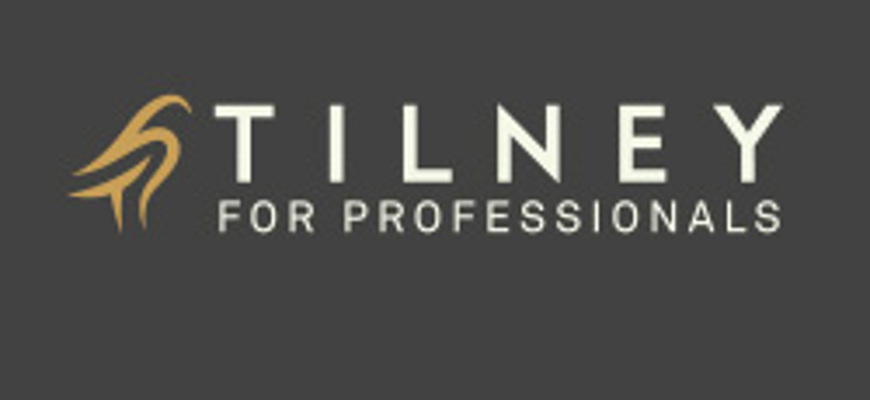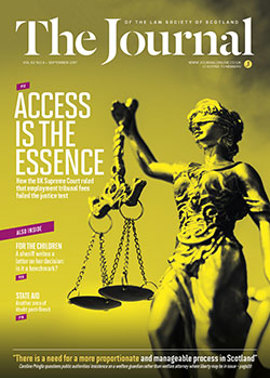The residence nil rate band – are your clients affected?

The residence nil rate band was introduced in April 2017 as a new allowance for passing on the family home. For people who plan to leave their property to children or grandchildren, the allowance could reduce an inheritance tax bill significantly.
Discretionary trusts don’t qualify
The family home doesn’t have to be passed on directly. The allowance is still available if property is given through certain types of trust, including 18 to 25 trusts, bereaved minor trusts and disabled persons’ trusts. As long as the trust gives the child the right to use or occupy the property and then becomes part of their estate after your death, the residence nil rate band can be claimed.
But notably this list does not include discretionary trusts, even if the children are the intended beneficiaries. Many wills use discretionary trusts to distribute assets in line with the wishes of the deceased, and this can be a particularly complex area.
Tapered allowance for bigger estates
The residence nil rate band is tapered off for estates worth more than £2 million. For every £2 your estate is valued over £2 million, your allowance is cut by £1. This means the allowance will disappear completely for estates worth more than £2.35 million after April 2020.
The way that HMRC calculates the value of your estate for the residence nil rate band is slightly different to the usual inheritance tax calculation. For example, business relief assets and gifts made to charities are included when assessing whether the allowance should be tapered.
If one of your clients has set up a discretionary trust in their will, or their estate is valued above £2 million, they should speak to a financial planner about how they can make the most of the residence nil rate band.
In this issue
- Talaq and the growing challenge of overseas divorces
- Too close to the wind? (1)
- The Land Register: two ticking timebombs
- Adult ADHD: a performance management issue
- Reading for pleasure
- Opinion: Sandra McDonald
- Book reviews
- Profile
- President's column
- ScotLIS enters user test phase
- People on the move
- Priced out of justice
- The residence nil rate band – are your clients affected?
- State aid outside the EU
- IP actions at the Court of Session
- Give me liberty or give me a welfare attorney
- Personal injury trusts and professional trustees
- How to protect your firm and your clients from email fraud
- Court to child: a different approach
- Who can appeal a contempt ruling?
- Moveable property: reform at last?
- Too close to the wind?
- Limited partnerships and the PSC register
- Scottish Solicitors' Discipline Tribunal
- Recent changes to the PSG offer to sell
- Assigned standard securities
- On our own feet
- OPG tackles rising demand for PoAs
- Law reform roundup
- PI court timetable amended
- Reception greets Accredited Paralegal scheme
- Making paper history
- Your Law Society of Scotland Council members
- Master Policy renewal: it's easy online
- Ask Ash
- AML risks and company services
- Thinking of getting engaged?
- Q&A corner






